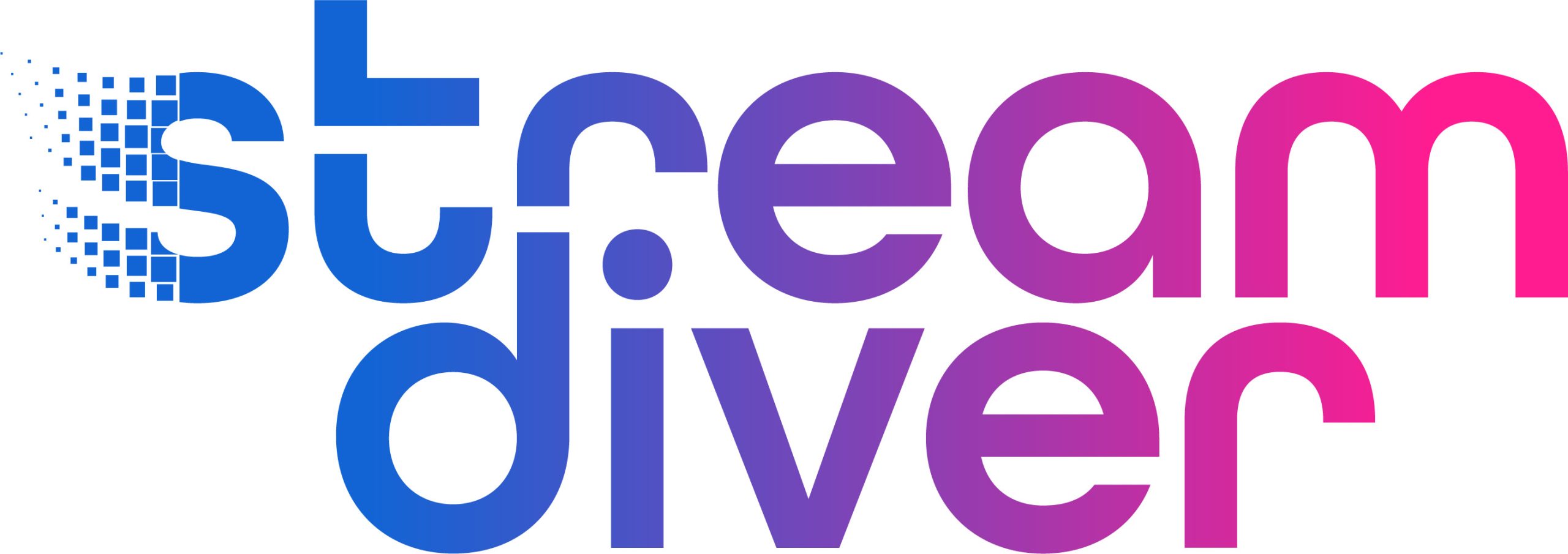In the second part of our story on the Google Fonts case, we take another look at the risks of US software and show what far-reaching effects the choice of video solution can have for companies and their users. … Read More
Streaming

Google Fonts: When fonts start reading your text
Numerous website operators are currently confronted with warnings due to a violation of the GDPR. The basis for this is a decision by the Munich Regional Court, which declares the use of Google Fonts without the consent of users to be illegal. As a further consequence, the ruling also highlights glaring problems with the use of many video solutions. … Read More

Streaming in 2022: Digital video keeps on moving
Video is the most important communication and information medium of our time, as recent global and geopolitical crises have shown. In the midst of a renewed home office craze, we take this opportunity to look at the status quo of the medium and use statistics to show where the journey might lead. … Read More

Earth Day: Does a “Green Stream” Exist?
A study published in 2019 by “The Shift Project” found that streaming causes roughly the same amount of CO2 emissions as the entire country of Spain. However, the latest findings defuse these statements and inspire optimism. Nevertheless, deliberate steps must be taken to achieve a fully climate-neutral streaming experience. … Read More

What the new YouTube GTC truly change
YouTube is making videos a sideshow: With the amendment of its terms and conditions on June 1, 2021, the U.S. company secured the right to monetization and can now decide on timing and type of third-party advertising in videos. Learn more about the consequences in this short summary. … Read More

In Prison Through YouTube?
With the entry into force of the General Data Protection Regulation, the topic of data protection gained some presence for a certain period in 2018. This was not least due to the drastically increased penalty ranges for fines, which as is well known can reach up to 20 million euros or 4% of the total global turnover.
What seems to have largely escaped public attention in the process, however, is the fact that national legislatures have introduced judicial criminal offenses in addition to this particular form of punishment of the “fine” under data protection law. This is the case in Austria and Germany, for example. In Austria, the following provision was introduced for this purpose in Section 63 of the Data Protection Act: … Read More

